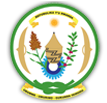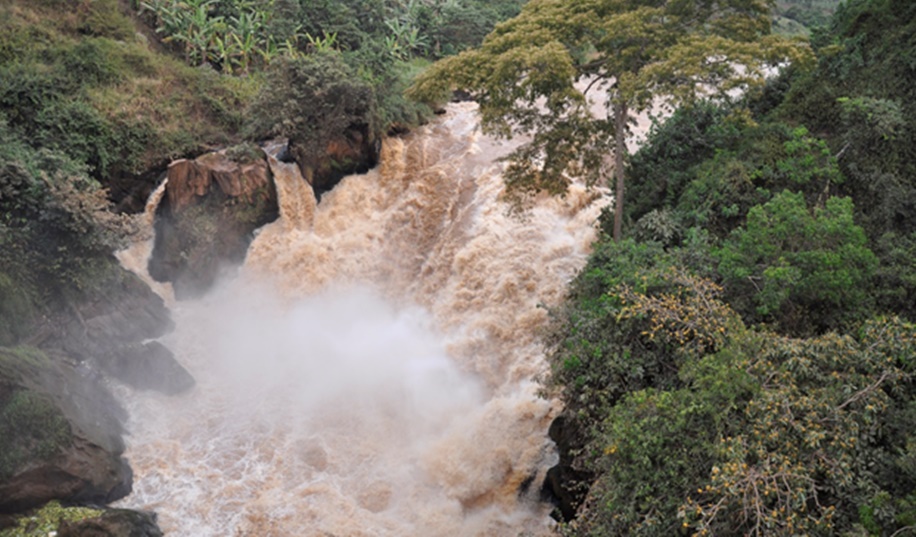Ngara, 31st March, 2017- , the Council of Ministers in charge of Energy, from Burundi, Rwanda and Tanzania for the Regional Rusumo Falls Hydroelectric Project, were joined by other stakeholders to witness the official ground breaking ceremony, kicking-off of the construction activities of the Regional Rusumo Falls Hydroelectric Project. The transboundary Rusumo Falls project has finally come to life, after more than 30 years since it was first identified in 1970s.
The Rusumo falls is located on the Kagera River on the border between Rwanda and Tanzania, and about 25 kilometres downstream of Burundi. The Falls are approximately 15 meters high and 40 meters wide. The catchment at the falls drains to the territories of Tanzania & Rwanda.
According to the Minister of Infrastructure Honorable James MUSONI, among the numerous benefits, the project will provide an additional 26.6MW to each of the Member State, strengthen the regional power interconnection and provide job opportunities for over 500 skilled, non- skilled and casual workers from the three beneficiary countries.
The construction of the Power Plant is financed by the World Bank at a cost of USD 340 million while the transmission lines that will evacuate power to the national grid in the three member countries is financed by the African Development Bank (AfDB) to the tune of USD 121 million.
Construction of the Power Plant is expected to last three years, until 2020. CGCOC Group Ltd in joint venture with Jiangxi Water & Hydropower Construction Company Ltd, Chinese companies will execute the Civil Works/Supply and Installation of Hydro-Mechanical Equipment, while the Consortium of Andritz Hydro GmbH (Germany) and Andritz Hydro PVT Ltd (India), will supply and install Electro-Mechanical Equipment for power plant. Power generation capacity has tripled from 76 MW in 2010 to 208 MW in January 2017.
The Governement has opted for diversification of power generating technologies ranging from hydropower, solar power, methane gas to power, peat to power and exploration of geothermal sources that is ongoing.
The generation status marks recommendable achivements where,over the last 2 years and a half, we have recorded generation capacity increase of over 87MW. We have projects in pipeline such as: 80MW Hakan peat to power project, 55MW Symbion methane gas to power project, 27 MW Rusumo hydro power project and other Micro Hydro Power Plants that will add about 200MW by 2021 doubling the istanstalled capacity. “Minister said”.
Electricity access increased 3 times from 9% in 2010 to 30.9% in 2017 (On-grid 27.9% and 3% off-grid). 92% of Sector Offices are connected to electricity grid and expected to increase to 100% by June 2018; 85% of Health Centers are connected and expected to increase to 100% by June 2018; 54% of all schools connected to the grid and expected to increase to 100% by June 2018.
In addition, there is no load shedding since December 2015 (current power cuts are related to network issues); the rate of major power cuts has reduced from 62 minutes/month in January 2016 to 10 minutes/month in December 2016;
Industrial tariff decreased by 32% whereas electricity tariffs for low-income households decreased by 51%.
The Government of Rwanda has put more efforts and resources to ensure provision of amenities that support and provide strong impetus to socio-economic development. The Energy Sector among the driver’s economic transformation and growth, the focus has been to increase electricity access in both rural and urban areas as astrategy to attain the energy targets spelt out in the National programs.

 ENGL
ENGL KINY
KINY